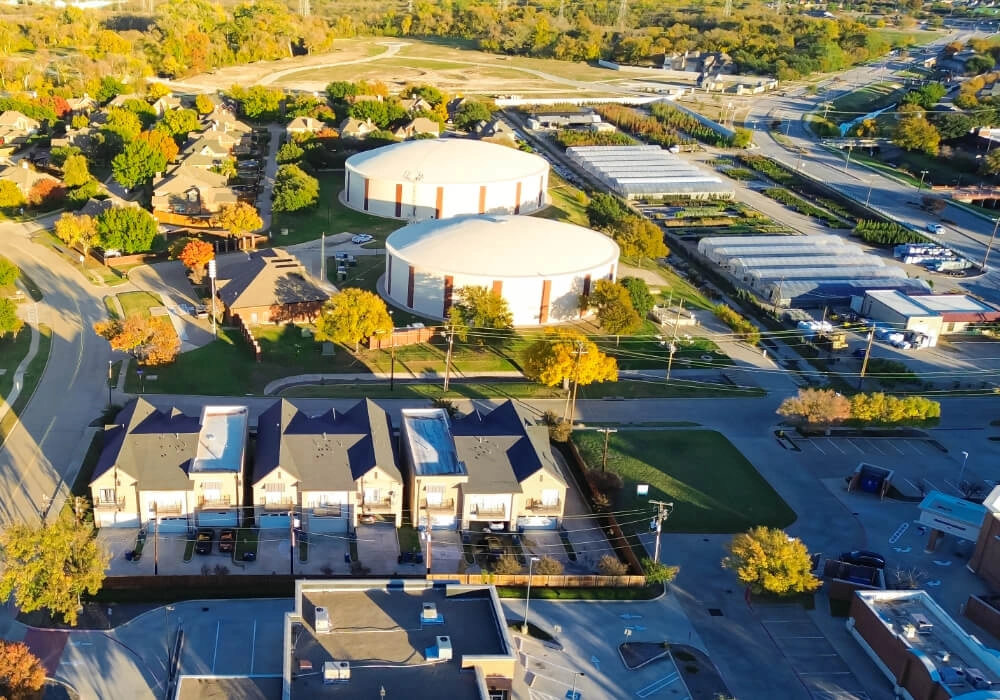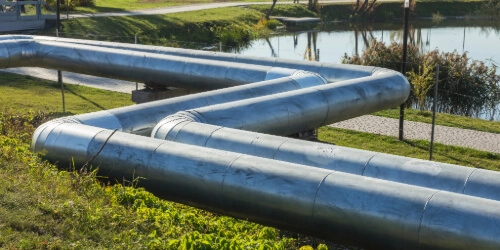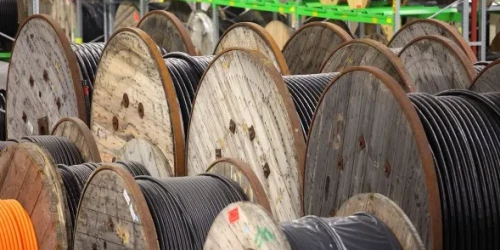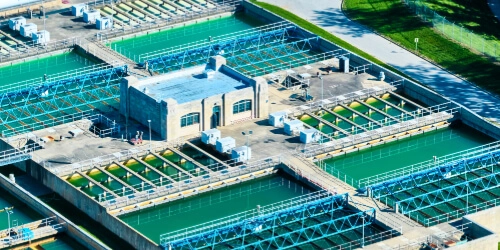Copper theft is a growing threat for water and waste facilities across the U.S. It's impact includes costly repairs, service disruptions, and safety hazards. WCCTV explores the financial impact, real-world examples, and practical solutions to protect critical infrastructure from crime.
Copper Theft: A Rising Threat to Critical Infrastructure
Copper theft is quickly becoming one of the most serious threats to the safety and management of water and waste facilities across the U.S.
The issue has intensified over recent years, with the value of copper making critical infrastructure locations a prime target for both opportunist and organized criminal attacks.
Beyond the material losses, copper theft at water and waste facilities leads to a number of hidden, less apparent repercussions, including service disruption and safety issues.
Aside from the presence of this prized asset, water and waste treatment facilities are common targets for theft due to their often remote locations and sprawling, unsecured perimeters.
These vulnerabilities make it easier for criminals to gain access undetected, and once they do, they can strip thousands of dollars of copper wiring in a matter of minutes - leaving potential catastrophe in their wake.
The Financial Toll on Water and Waste Facilities
Copper theft is more than just a minor nuisance; it's a multi-million dollar issue sweeping the Country.
According to the National Insurance Crime Bureau (NICB), instances of copper theft grew by 57% in 2022, with the trend continuing into recent years.
The cost of these thefts extends far beyond replacing the stolen metal, though. The true financial toll also includes:
Repair and Replacement Costs
The most obvious costs are those associated with repairing and replacing wiring or machinery that has been stolen.
A single theft event can lead to thousands of dollars in damages, and the cost of replacing copper continues to spiral upwards.
Following an event, Water facilities often seek to reinforce their security measures, which has to be done hastily and often at a premium, further driving up costs.
Increased Insurance Premiums
Any instance of theft is likely to have a negative impact on insurance premiums, particularly if the theft was a result of limited security coverage or where there are repeated occurrences.
These increased overheads and operating costs are often a hidden cost of crime and may have a negative impact on the consumer, too.
Operational Downtime
Any compromise of security at a critical infrastructure location can lead to operational downtime, taking days or even weeks to resume full service.
The impact of downtime at water facilities severely impacts local communities and harms the reputation of any water district.
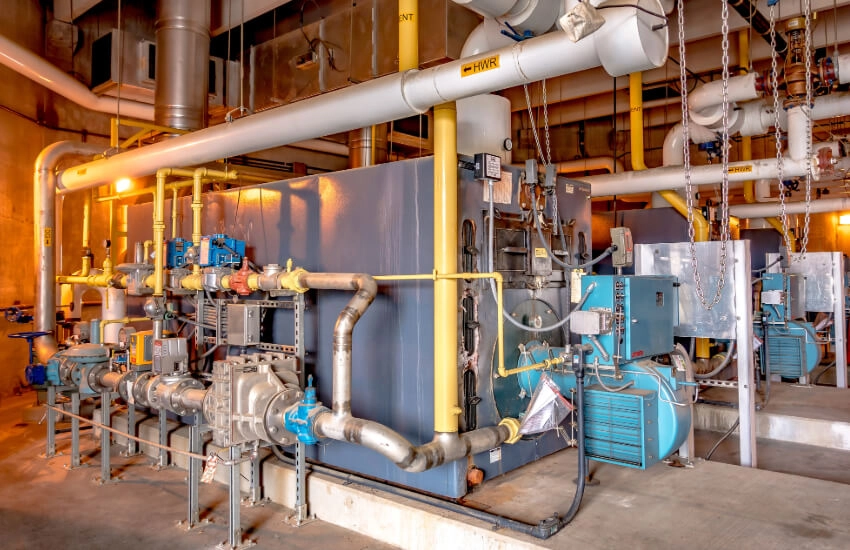
Examples of Copper Theft Impacting Water Infrastructure
Some of the States worst affected by crime at water facilities include Texas, California, and Florida, but the issues are a national problem.
To illustrate the impact this crime can have, we have highlighted below some recent major incidents that hit the news.
-
Clearfield County, Pennsylvania (2023): 550 feet of copper wire was stolen from a water treatment plant in Decatur Township, leading to significant repair costs and service disruptions for local residents.
-
Lincoln County, North Carolina (2023): Over a two-month period, thieves stole more than $50,000 worth of copper wiring from the Killian Creek Waste Water Treatment Plant, causing operational challenges and financial strain.
Safety Risks: The Hidden Dangers of Copper Theft
When theft occurs, the criminals don't tend to care too much about the damage they leave behind.
Copper theft, in any form, can create multiple safety hazards from the challenges thieves leave behind. These include:
Electrical Hazards
The most commonly stolen form of copper is coppering wiring, and criminals often underestimate the dangers of cutting live wires, leading to fatal accidents and fires.
Public Health Risks
Copper theft can directly cause water pumps or electrical systems to fail, creating a risk of water contamination in the surrounding area.
Emergency Response Delays
Any disruption to the availability of water can have a direct impact on firefighting and other emergency response operations.
How Water Districts Can Prevent Copper Theft
The financial, reputational, and safety problems created by copper theft are clear and present - so what can Water Districts do to protect their critical facilities?
The answer is proactive security solutions, and a combination of technology and effective communication. Our step-by-step guide to better water facility security includes:
Install Mobile Surveillance Cameras
Deploying highly visible crime deterrents such as mobile solar surveillance trailers backed by live monitoring will help prevent unauthorized access and improve response time to manage security threats.
WCCTV's proactive mobile surveillance units are providing security for Water Districts across the US, mitigating copper theft and other physical security challenges.
Secure Perimeter Areas
Perimeter security solutions can help harden your target against gateway crimes such as trespassing and vandalism, and more serious crimes such as copper theft.
Use fencing, motion-sensing lights, and access control systems to make it harder for thieves to enter facilities.
Mark and Track Copper Wiring
When materials and equipment are stolen, the likelihood of ever seeing them again is less than 15%. High-value metals like copper will be sold via illicit trade and be impossible to identify unless...
Engraving your facility's identification details onto copper components and the use of tracking technology can help to discourage resale and increase the chance of recovery.
Encourage Community Involvement
Disruption to water facilities can be devastating for local communities, so encourage outreach programs and educate local residents and workers on recognizing and reporting suspicious activity near water facilities.
Partner with Local Law Enforcement
Collaboration with local law enforcement and emergency responders to develop joint security strategies can be one of the most powerful ways of reducing criminal activity at your facilities.
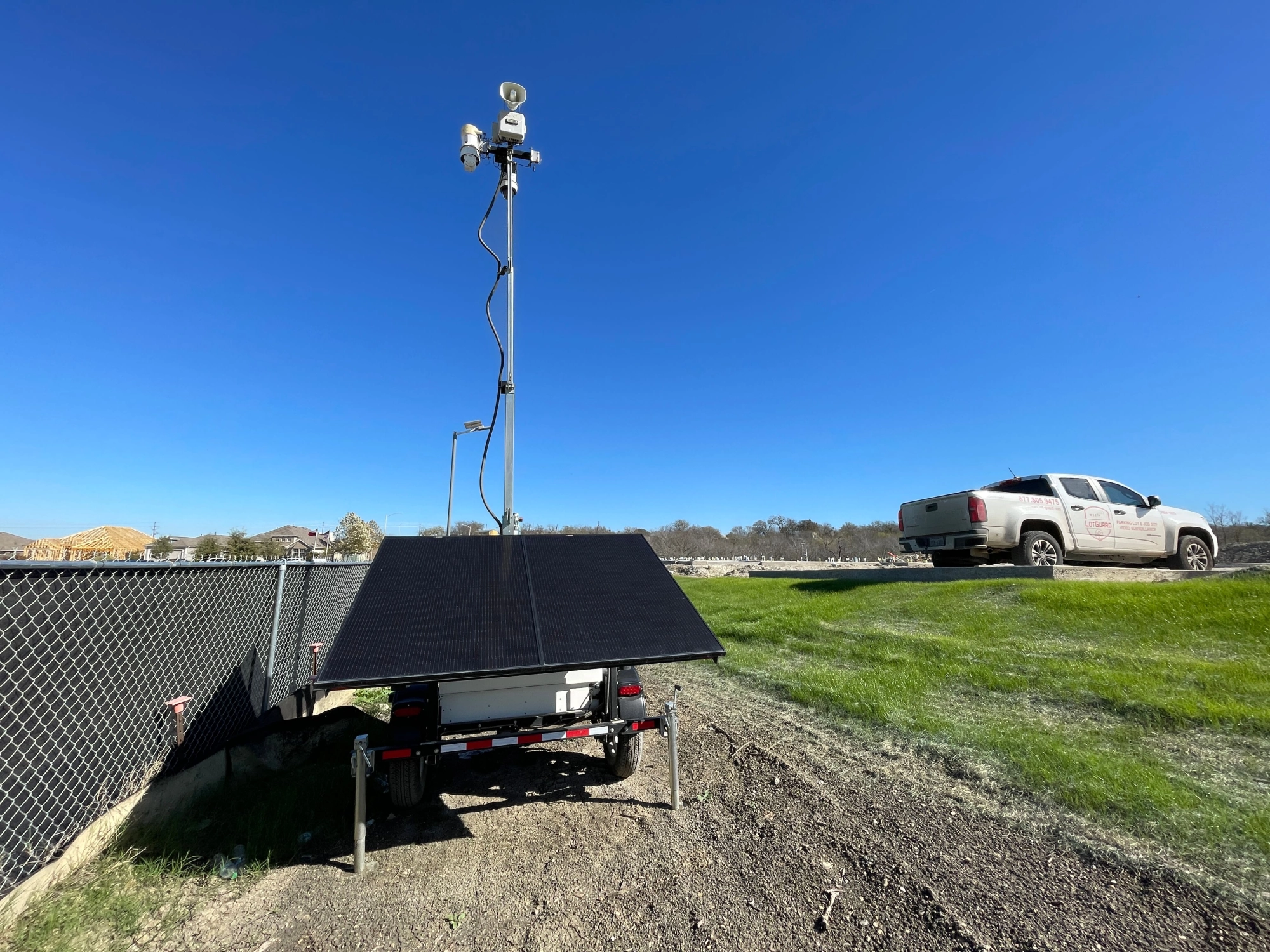
Summary: Taking Action to Protect Your Water Facility
The rising tide of copper theft is one of the most serious challenges facing critical infrastructure locations today, and Water Districts that lack proper security measures remain at high risk.
Beyond the financial losses, copper theft can disrupt essential services, jeopardize public and worker safety, and create long-term operational headaches.
Investing in proactive security solutions such as mobile surveillance units will strengthen facility protection and help Water Districts take a stand against this costly crime.
Is your Water District protected against copper theft? Contact WCCTV today to learn how our autonomous, proactive, and budget-efficient security systems can safeguard your critical infrastructure.
